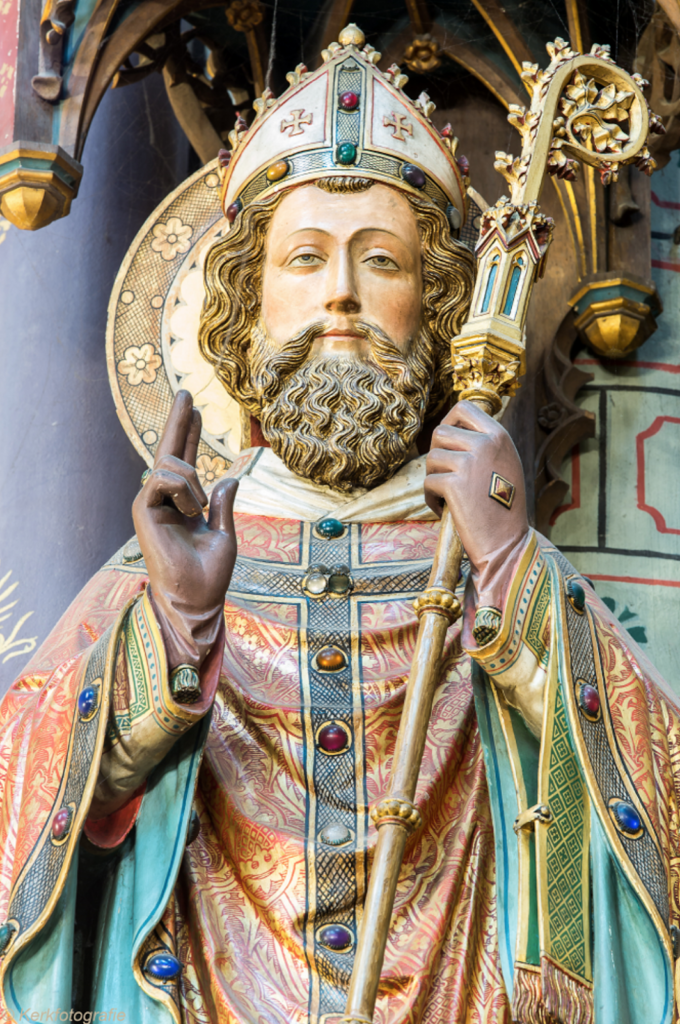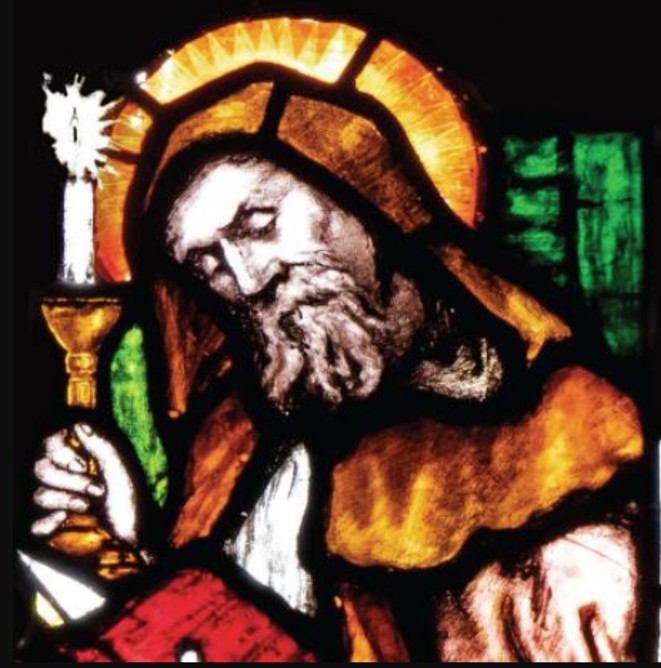Nb* much of the material contained here is distilled from the Book, Pilgrims and Prophets by Edmund Cullinan, with some artistic licence employed.
St. Patrick (385-461 A.D.) is the patron of Ireland sent by mandate from Pope Celestine I (422-432 A.D.) to convert the Irish. Yet somehow, Ireland developed a monastic model of Christianisation, with her own Celtic Easter calendar instead of the usual Roman system established in Europe… How can this be, if much of the rest of Europe under the same Catholic church used a diocesan model under the Roman Easter Calendar?
Well lets go back in time! St. Patrick, after his capture and life of slavery in Ireland, returns to the Britons in the territory where he grew up; lets call his birth place Minor Britain, distinct from Great Britain. Back home again, Patrick then feels called to come back to the Irish in a dream. So in order to respond generously, he decides to follow his vocation and become a priest with a view of going to Rome to seek permission for an apostolic mandate to Ireland. He first travels south to the Lérins Island in Province in the south of France. There he becomes a monk for fourteen years under the abbot of St. Germanus of Auxerre. It was St. Germanus who send Patrick on to Rome.
Lérins island is key to understanding Ireland’s monastic and Celtic Easter tradition. The monastery of Lérins was established by St. Honoratus (350-430). His rule was chiefly borrowed from that of St. Pachomius from Egypt (290-348 A.D.), who is the founding father of cenobitic monasticism. It is also at Lérins where we find a strong Johannine apostolic influence. The Johannine tradition spreads via the sea trading links among the Greek speaking communities along the Mediterranean coasts, in places like Marseille, Nice and Lyons. St. Irenaeus (130-202 A.D.) came from Smyrna to become bishop of Lyons. He was a disciple of St. Polycarp (69-155 A.D.) who was a disciple of St. John the Apostle. Now Lyons is about 300km from Marseille on the French coast, and the coastal town of Marseille to Lérins island is about 175km. St. Honoratus received his early formation at Marseille.
St. Honoratus is thus soaked up in monasticism and the Johannine apostolic influence, which is adopted by St. Patrick in his formation at Lérins. For the Easter Calender it means that the calculus for the Celtic Easter was determined by the Julian Calender, while the Roman church held to the Gregorian which we have today. The Celtic Easter calculated aligning more with the Jewish Passover.
It was first of all, St. Molaise of Leighlin, then St. Eunan, and finally St. Malachy whom broke from the Celtic Easter traditions and they brought the Irish Catholics into full conformity with the Roman Catholic customs, They made use of the Gregorian calendar for calculating the Easter dates, which fell on the first Vernal Moon after 21st of March as established by the Council of Nicea.

